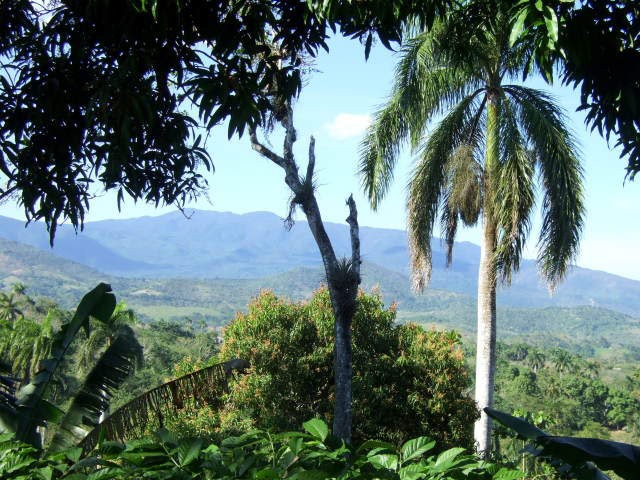Holguín boosts programs for the protection of mountainous areas
- Written by Redacción ¡ahora!
- Published in Holguin
- Hits: 962

Holguín has a vast mountainous area where endemism and protection are combined in projects carried out by the Ministry of Science, Technology and Environment (CITMA), as part of the actions to mark the International Day of these ecosystems, celebrated every year on December 11 since 2002.
These programs aim to broaden the references of new generations about the value of native plants and animals and their importance for the balance of the environment in the territories of Nipe and Cristal mountain ranges, the Cuchillas de Moa and the Mensura-Piloto National Park, said to the ACN Norkis Ochoa, a specialist in this branch in the eastern territory.
She added that schools and communities of the region develop activities such as the screening of audiovisual materials and contests for the preservation of these spaces, which occupy 23 percent of the geography of the province, initiatives developed in digital platforms during the COVID-19 pandemic.
She commented that Environmental Community Centers (CCA) and projects such as Ecovalor or Connecting Landscapes, revitalize the daily life of these areas, inserting agroecology and sustainable development practices focused on the harmony between man and nature.
The five municipalities covering the largest mountainous areas of Holguín, such as Cueto, Mayarí, Frank País, Sagua de Tánamo and Moa, there is a wide variety of endemic species of flora and fauna, which due to their natural values are subject to special protection projects against the critical danger of extinction.
These areas include soils with the presence of heavy metals, which is a unique characteristic of the region and makes it practically impossible for these plants to reproduce outside their natural habitat.
Among the values of these sites, it highlights the presence of polymites, the cubensis pine forests, the vegetation of cloudy holm oaks, as well as birds, insects and reptiles that, due to their rarity, do not have common names, points out the Cuban Network of Science.
The International Mountain Day was instituted by the United Nations in 2002, through actions for protection and sustainable development, with the aim of raising awareness among the world population about the importance of their conservation.
